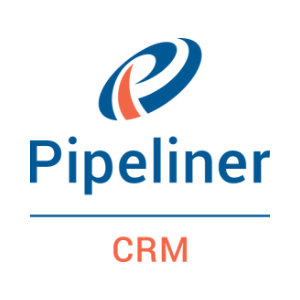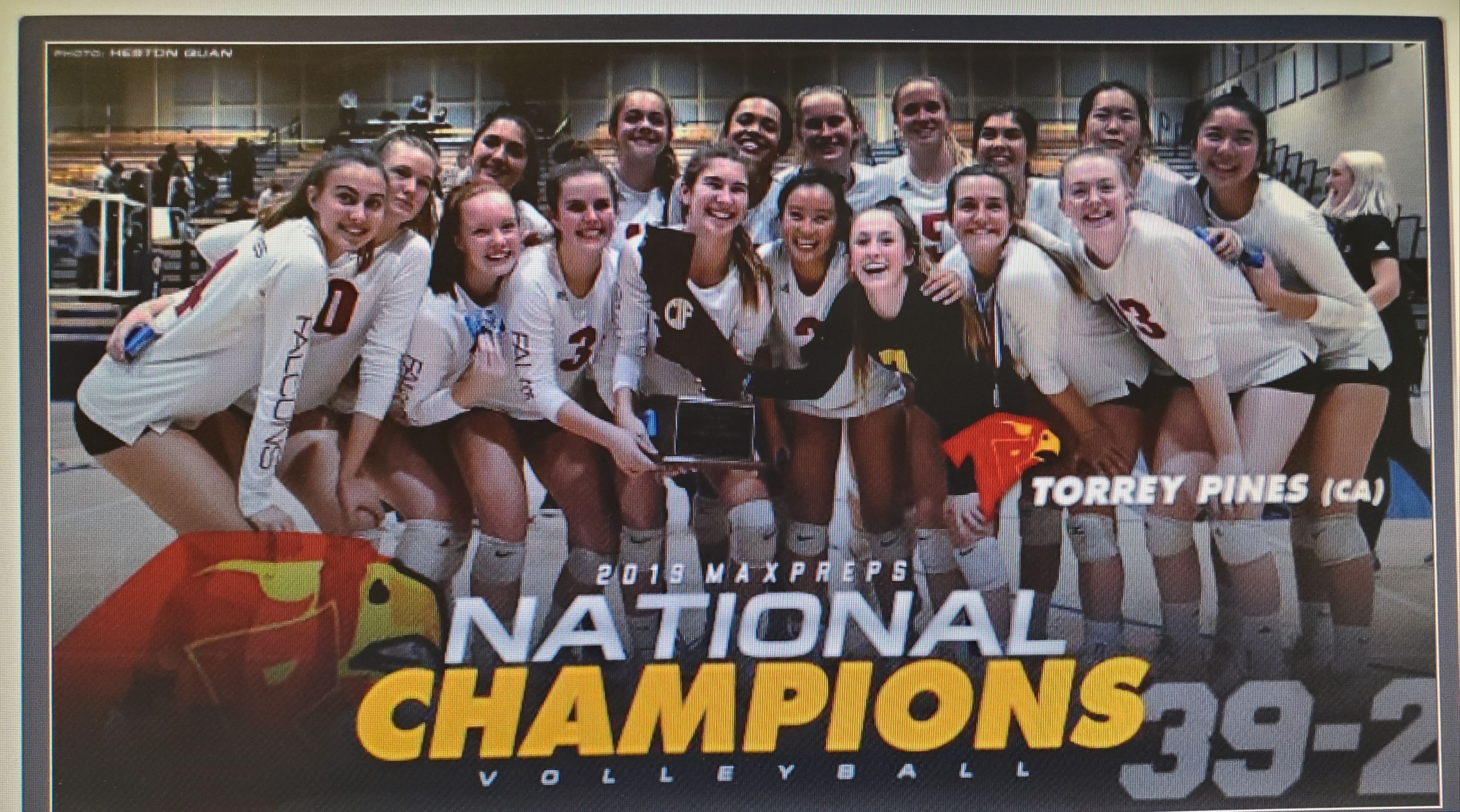By John Golden, Chief Strategy and Marketing Officer at Pipeliner CRM
 Did you know that 90% of information transmitted to the brain is visual? It makes sense when you consider that the human brain processes images 60,000 times faster than text. This is precisely why we built Pipeliner CRM to be the most visual CRM available on the market. In Sales, time is always of the essence so we want to make every second count.
Did you know that 90% of information transmitted to the brain is visual? It makes sense when you consider that the human brain processes images 60,000 times faster than text. This is precisely why we built Pipeliner CRM to be the most visual CRM available on the market. In Sales, time is always of the essence so we want to make every second count.
Plus today’s selling environment continues to become more complex with so much data being thrown at salespeople that it can become overwhelming – this is why we have applied the “Science of Simplification” better known as Cybernetics.
The originator of the science of cybernetics was American mathematician and philosopher Norbert Wiener. In 1948 he defined cybernetics as “the scientific study of control and communication in the animal and the machine.” The word cybernetics comes from Greek κυβερνητική (kybernetike), meaning “governance”, the latter meaning “to steer, navigate or govern”. W. Ross Ashby referred to cybernetics as the “science of simplification”.
If there is one thing that salespeople don’t need more of and that is unnecessary complexity but that is exactly what they have been presented with when traditional command and control CRM systems are foisted upon them. In contrast, we at Pipeliner take a “sales-eye” view and always look at how we can present critical sales data in the most simple and visual format for busy salespeople can process it in the blink of an eye.
To make learning and adopting Pipeliner as easy and fast as possible we have created a uniform layout and navigation for viewing the details of the most critical elements of every sales process: Accounts, Contacts, Leads, and Opportunities. But more than that, we offer multiple ways of viewing the same data so that users can choose how best they want to display it – no other system is so flexible and understands that different people process data in different ways. Plus we use graphs, icons, and charts everywhere throughout the system allowing the salesperson, with one quick glance, to see the information they need.
In other words, we do the hard work of figuring out how to present data to make it easy for the salesperson to process it quickly and use it immediately. With today’s technology it is pretty easy to gather copious amounts of data and while this has its obvious advantages there are real limitations in how much data the human brain can consume at once.
You have heard the expression “drinking from a fire hose” when overloaded with information and this mistake is replicated by many of the systems that salespeople are forced to use. In contrast, we take the fire hose and turn the torrent of water in beautiful watercolor paintings!
This is what we call Dynamic, Instant Visualization!

 About 45 minutes after the Torrey Pines High School (TPHS, San Diego, CA) Girls Volleyball team beat Marin Catholic for the California State Title (CIF), the squad walked back into the lobby of the college gym where the match was held. The families of the players, including my wife and me, were waiting there to greet the girls following their straight sets victory on November 23. Shortly after their entrance, the tears of joy began to flow from players, Coaches and parents, as the energy in that foyer was so positive, loving, fulfilling and FUN!
About 45 minutes after the Torrey Pines High School (TPHS, San Diego, CA) Girls Volleyball team beat Marin Catholic for the California State Title (CIF), the squad walked back into the lobby of the college gym where the match was held. The families of the players, including my wife and me, were waiting there to greet the girls following their straight sets victory on November 23. Shortly after their entrance, the tears of joy began to flow from players, Coaches and parents, as the energy in that foyer was so positive, loving, fulfilling and FUN!  Attending an industry conference is a costly endeavor: various factors such as transportation, lodging & meals can add up quickly. Add to that your time and effort, and well, that’s quite an investment! If you are planning to attend a conference this year such as
Attending an industry conference is a costly endeavor: various factors such as transportation, lodging & meals can add up quickly. Add to that your time and effort, and well, that’s quite an investment! If you are planning to attend a conference this year such as